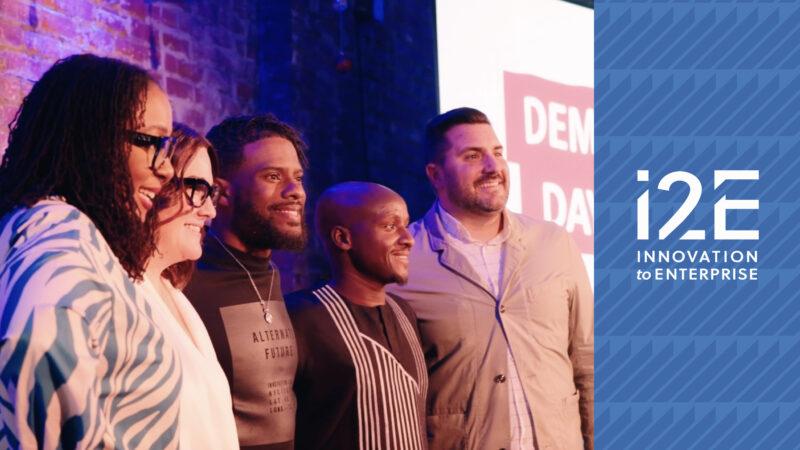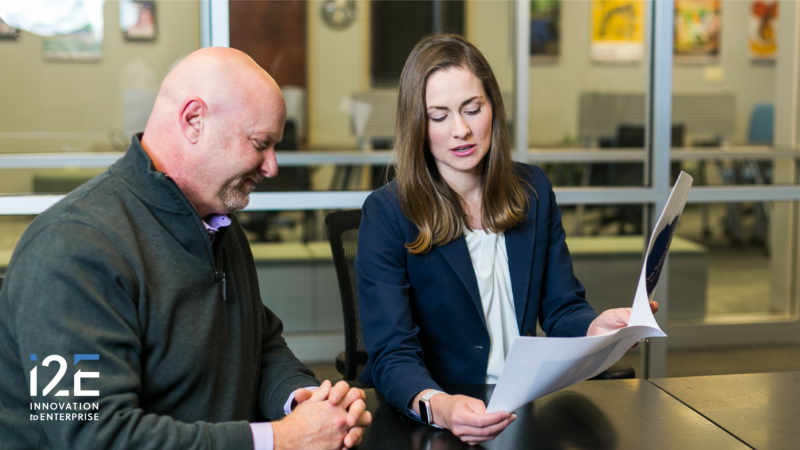It’s always helpful to have discussions with people from other states and to gain a broader perspective of what’s happening in economic development across the country.
A great place to do that is at SSTI’s Annual Conference. The theme of this year was “The Power of Re-…defining, imagining & energizing regional economies.”
SSTI — State Science and Technology Institute — held the event at Georgia Tech, one of the nation’s top research universities.
Oklahoma’s entrepreneurial ecosystem has made considerable progress over that last few years. We have capital access programs, the largest active angel group in 400 miles and advanced assistance initiatives like i2E’s entrepreneur-in-residence programs.
Now that we have capital for seed and early stage companies, mentoring and networking for entrepreneurs, and venture services to provide direct support, we need to find more creative ways to encourage and accelerate deal flow in Oklahoma.
Increasing company formation based on technologies and patents from Oklahoma’s excellent universities and research institutions is one way to do that.
So, at the SSTI conference, we were particularly interested in hearing about the experience from the people at Georgia Tech’s world class VentureLab, the school’s comprehensive center for technology commercialization.
VentureLab is open to all students, faculty and research staff who want to found startup companies based on their research and currently has more than 70 active portfolio companies, all built on promising research from Georgia Tech.
Like any initiative in the entrepreneurial space, VentureLab also has a group of companies that have failed.
At the conference, they shared their analysis of 119 VentureLab (Georgia Tech) companies that failed:
- Technology Fails
- Management Dysfunction
- Market-related issues
- Poor Business Model
- Run out of funds
- Failed IP protection
- Relocation
- Encourage inventors and researchers to think about innovation and development in a more commercially applicable way — solving a problem instead of just having a great idea.
- Get the right management team in earlier; pair up inventors with people who already have business skills.
- Help inventors seek out early customer feedback and validation to increase the chances that a technology in development actually solves a problem for an identified set of customers.
- Capture and document lab results in a way that credibly articulates the value of the technology being created.
- Look for ways to involve successful alumni in the research institution’s commercialization strategies and plans.
| 34 | 29% | |
| 32 | 27% | |
| 24 | 20% | |
| 12 | 10% | |
| 7 | 6% | |
| 4 | 3% | |
| 6 | 5% |
Technology is going to fail; that’s a nature of invention. Beyond that, my takeaways from VentureLab’s lessons learned were:











